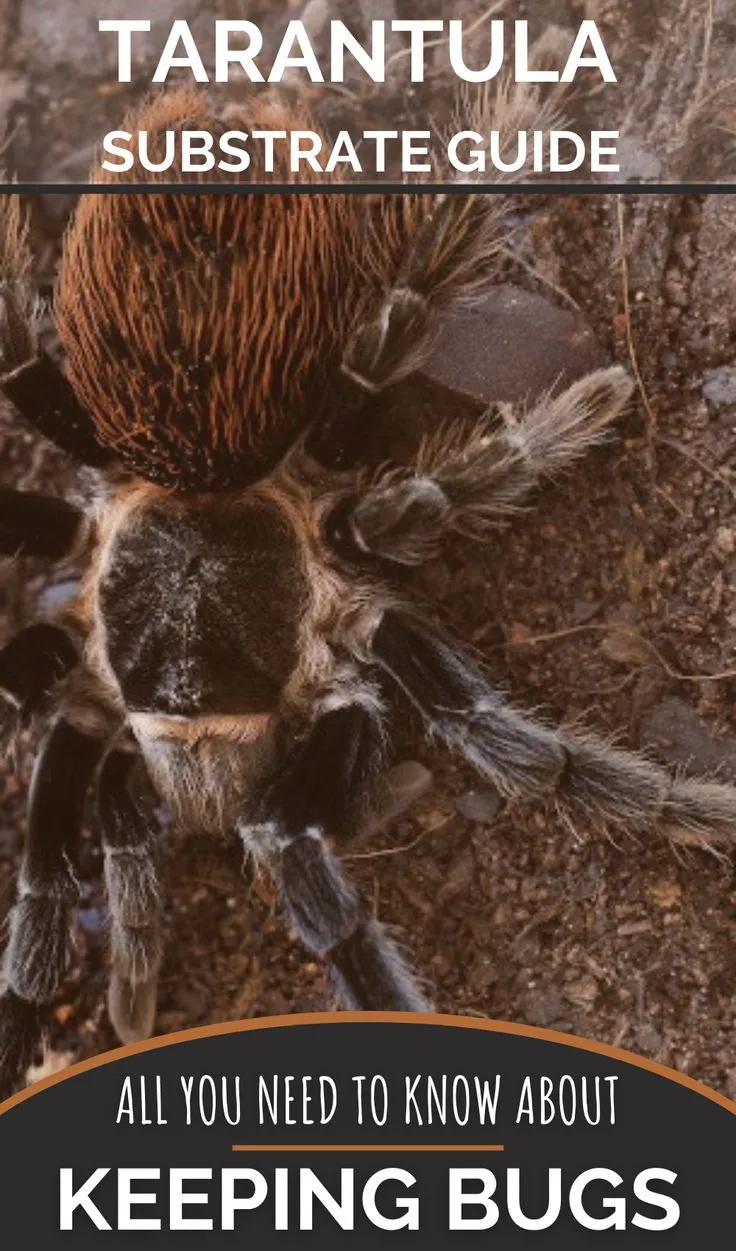Understanding Irminia Tarantula Substrate Needs
Choosing the right substrate is crucial for the health and well-being of your Irminia tarantula. The substrate serves multiple vital functions, acting as a bedding, a humidity regulator, and a place for the tarantula to burrow. A proper substrate environment replicates the spider’s natural habitat, promoting healthy molting cycles, providing security, and reducing stress. Failing to provide an appropriate substrate can lead to a variety of health issues for your Irminia tarantula. It is important to understand the basic necessities your tarantula needs to choose the right substrate for your tarantula’s enclosure.
Why Substrate Matters for Irminia Tarantulas
The right substrate directly impacts your Irminia tarantula’s physical and psychological well-being. It influences humidity levels, which are essential for successful molting. It also provides a safe space for the tarantula to hide and feel secure, which is very important for its psychological well-being. Selecting the right substrate will make your tarantula’s life comfortable and will promote a long life in your care.
Humidity and Molting
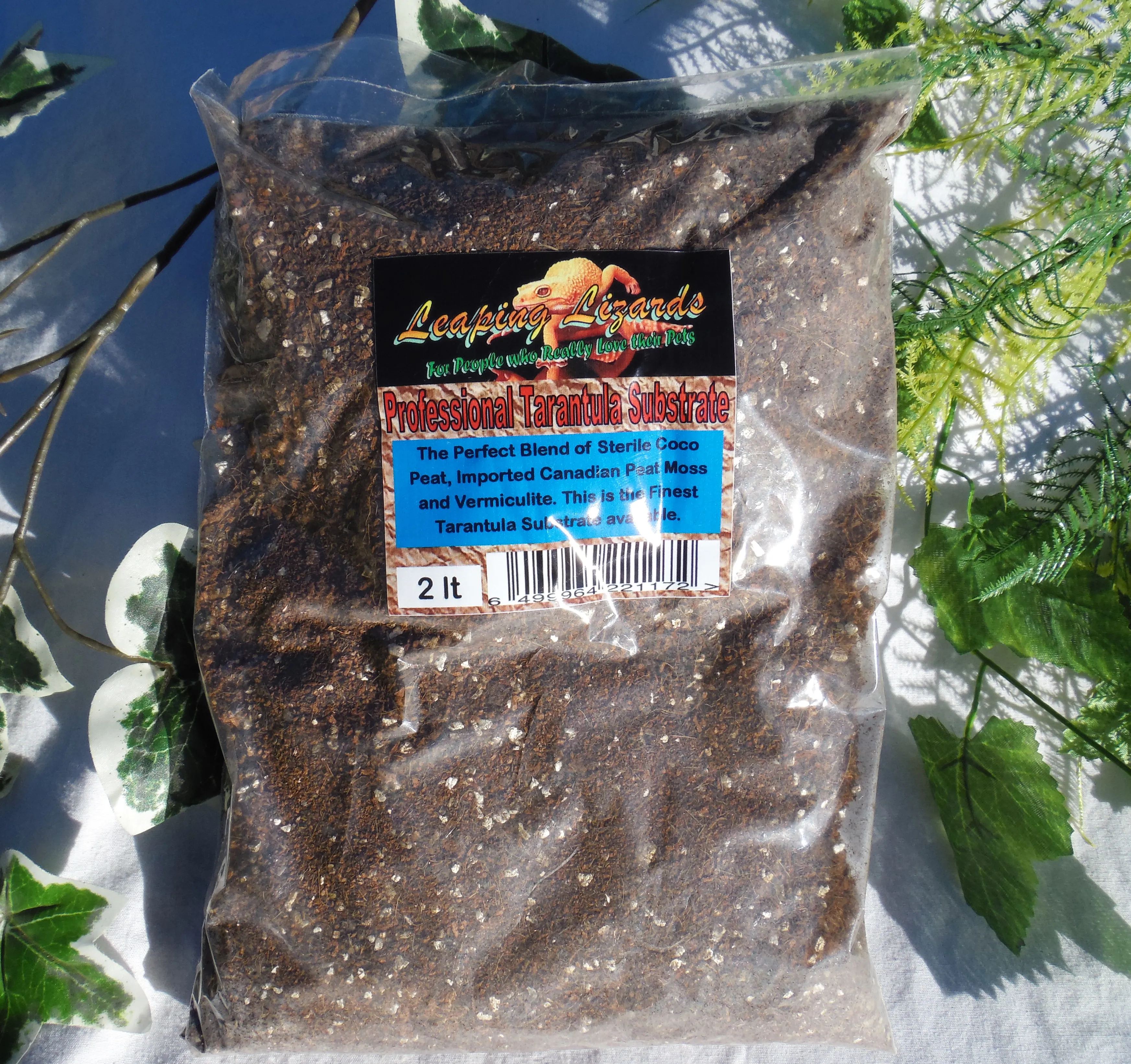
Humidity is one of the most critical factors in Irminia tarantula care, particularly during molting. The substrate helps maintain the necessary humidity levels. When a tarantula molts, it sheds its exoskeleton. The environment must be humid enough to prevent the new exoskeleton from hardening too quickly, which could result in a failed molt. A substrate that retains moisture properly ensures a safe and successful molting process. Monitor your humidity levels and adjust as needed to help your tarantula.
Burrowing and Enrichment
Many tarantulas, including Irminia, enjoy burrowing. The substrate provides them with a place to dig and create burrows, which offer a sense of security and a place to hide. This behavior is natural and essential for their well-being. The substrate should be deep enough to allow for burrowing and provide the spider with an enriching environment. Providing a secure, burrowing-friendly environment can reduce stress and encourage natural behaviors, contributing to a healthier and happier tarantula.
Top Substrate Choices for Irminia Tarantulas
Several substrate options are suitable for Irminia tarantulas. The best choice often depends on your specific setup, personal preference, and your spider’s needs. Some of the most popular and effective choices include coconut fiber and peat moss. Both have advantages and disadvantages, so consider these factors carefully when making your decision.
Coconut Fiber
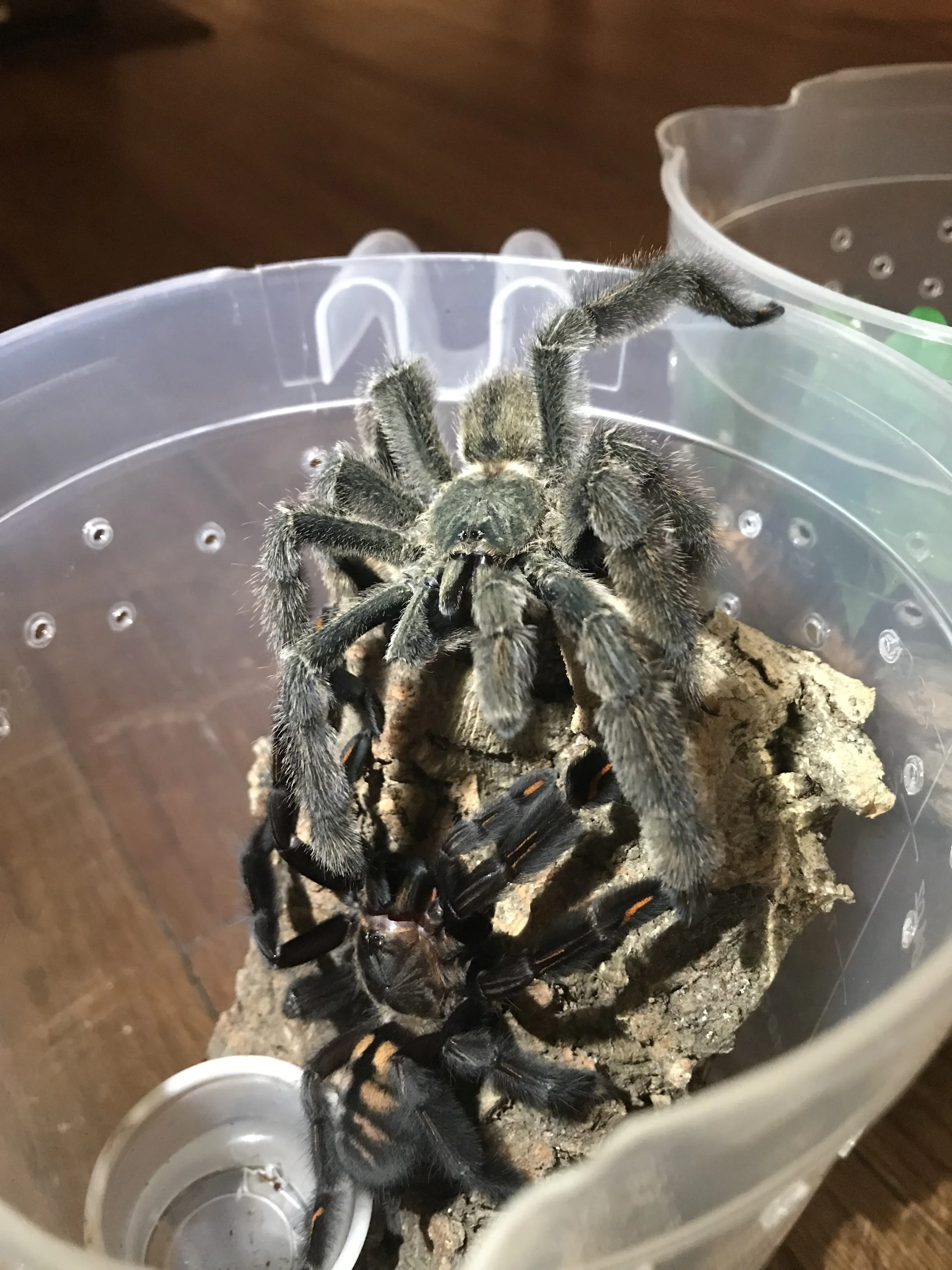
Coconut fiber, also known as coco coir, is a very popular substrate choice for tarantulas. It’s a natural product made from coconut husks, making it environmentally friendly. It’s readily available and offers several benefits. It retains moisture well, which is very important for maintaining the humidity levels. Also, it is generally free of harmful chemicals and pests. Coconut fiber is a good choice for beginners and experienced tarantula keepers alike because it is easy to handle and maintain.
Pros and Cons
Coconut fiber’s main advantage is its excellent ability to hold moisture, which is vital for humidity control in the enclosure. It also resists mold growth, a common problem in humid environments. The material provides a safe and natural environment for the tarantula to burrow and feel secure. However, coconut fiber can sometimes be dusty, so rinsing it before use can help mitigate this. Additionally, it may need to be replaced more frequently than other options due to compaction and breakdown. Be sure to maintain a healthy and safe environment for your tarantula at all times.
Preparation and Usage
Before using coconut fiber, it’s important to prepare it properly. Most importantly, make sure it is rinsed thoroughly to remove any dust or debris. Expand the fiber by adding water according to the product instructions. Once the fiber is expanded and rinsed, you can add a layer to the tarantula’s enclosure. The depth of the layer should be sufficient for burrowing, typically two to four inches. Check and maintain the humidity levels, and replace the substrate as needed to ensure a healthy environment.
Peat Moss
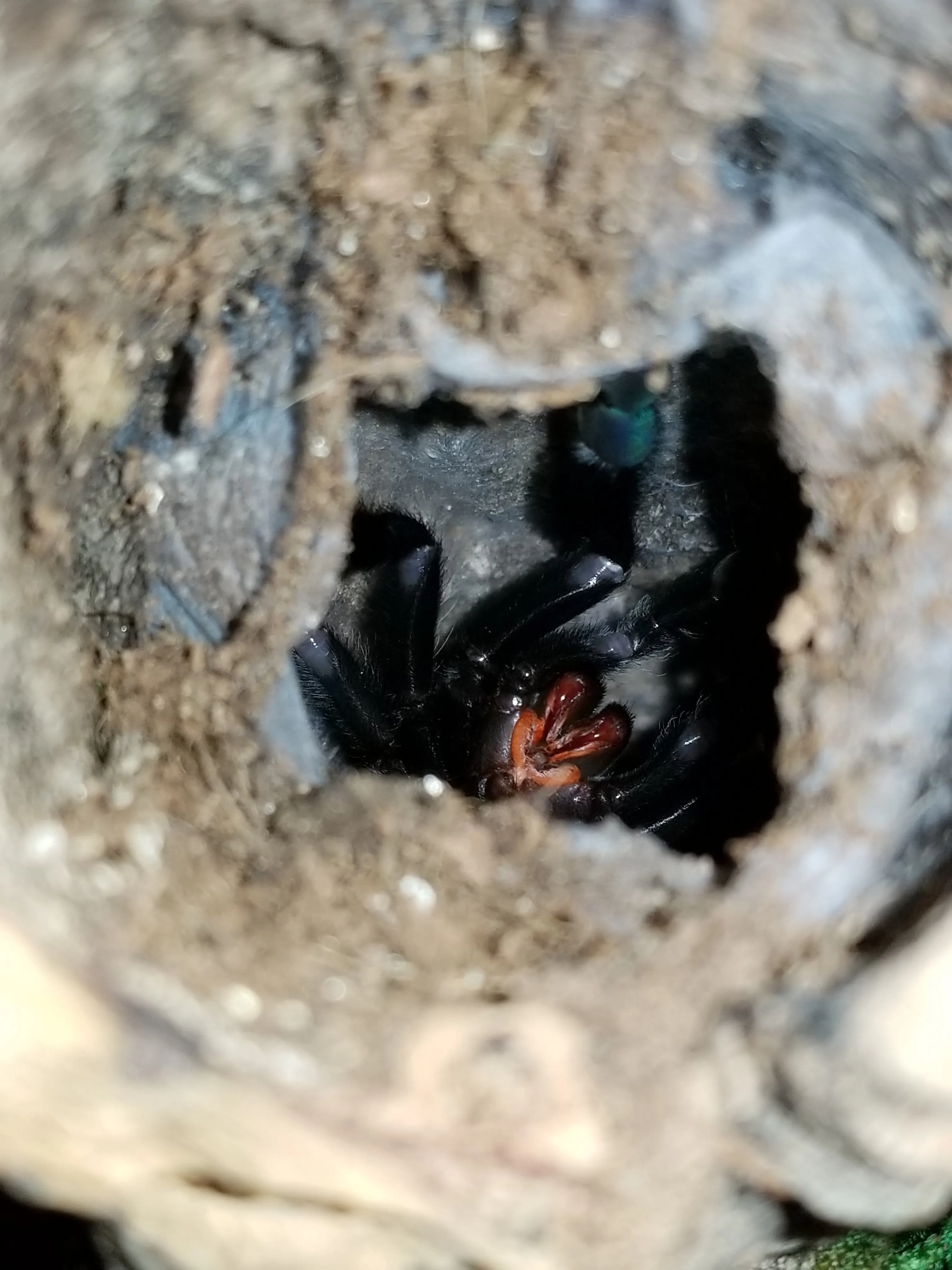
Peat moss is another viable substrate option for Irminia tarantulas. It is an organic material derived from partially decayed plant matter, commonly found in bogs. Peat moss has good moisture-retention capabilities and provides a slightly acidic environment, which can help prevent the growth of certain molds. Peat moss is generally considered to be a safe and natural substrate, but it requires some consideration before use.
Pros and Cons
Peat moss excels at retaining moisture and providing a stable humidity level, which is essential for molting. Its slightly acidic nature can deter the growth of mold and bacteria. It also offers a good burrowing medium. However, peat moss can sometimes compact, potentially making it difficult for the tarantula to burrow. It may also be more difficult to find in some areas compared to coconut fiber. Always choose a reputable source and check for any additives or chemicals before use.
Preparation and Usage
Before using peat moss, it’s crucial to prepare it properly. Rinse the peat moss thoroughly to remove any dust or contaminants. Add water until it’s damp, but not saturated. The goal is to create a substrate that’s moist but not dripping. Add a layer of peat moss to the enclosure, ensuring it is deep enough for burrowing. Monitor the humidity levels closely, and add water as needed to maintain proper moisture levels. Regular spot cleaning and complete substrate changes are essential to maintain a healthy environment.
Substrate Mixes for Optimum Results
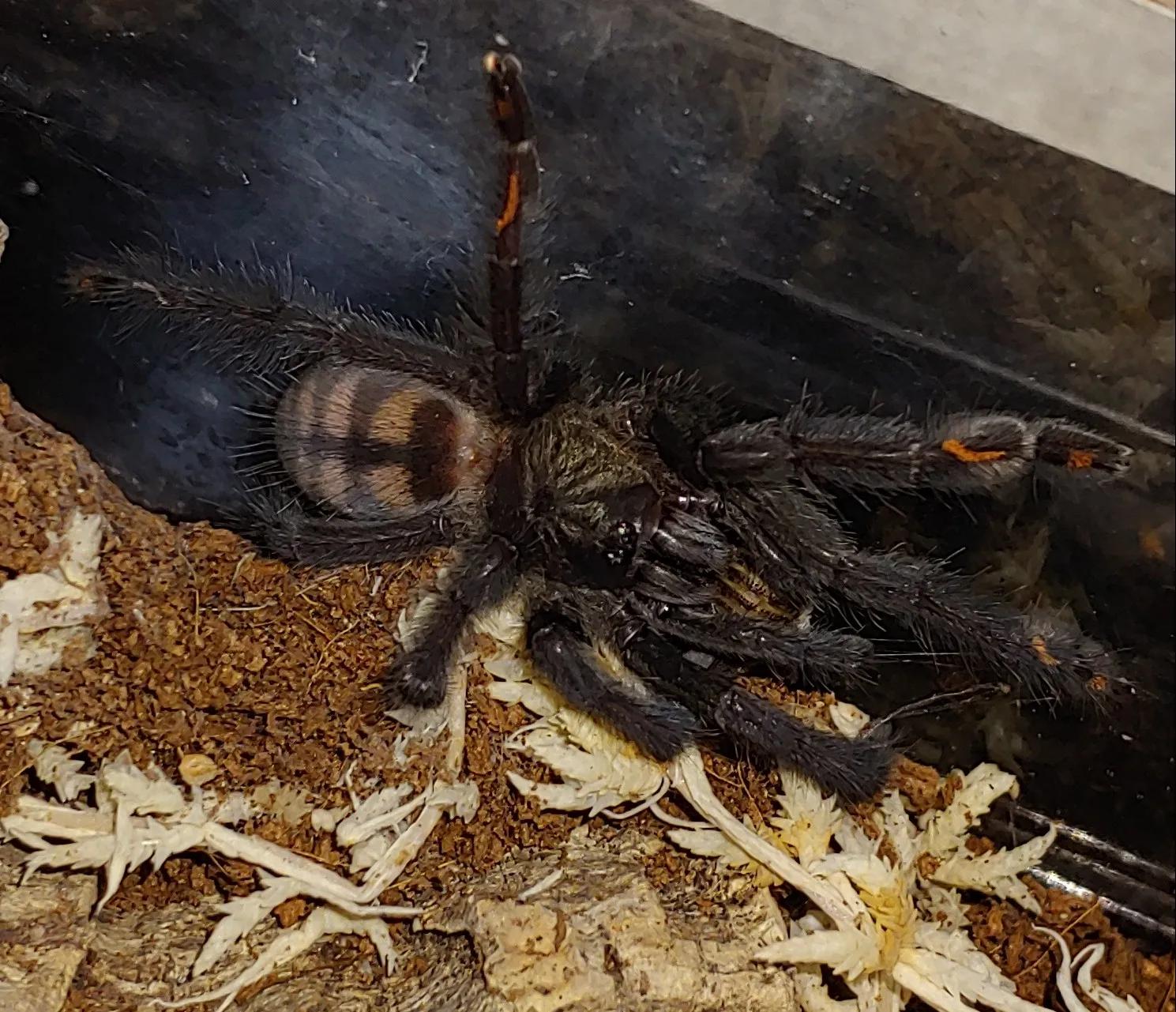
While coconut fiber and peat moss are excellent on their own, creating a substrate mix can sometimes provide even better results. Mixing different substrates can balance their properties, offering the advantages of multiple materials. The ideal mix will vary depending on your specific circumstances, but here are some general guidelines.
Creating the Ideal Mix
A common and effective mix combines coconut fiber and peat moss. The coconut fiber provides excellent moisture retention and aeration, while the peat moss adds acidity and further enhances moisture control. You can also consider adding a small amount of vermiculite or sphagnum moss to the mix, to enhance moisture retention and improve the overall texture. Experiment with different ratios to find what works best for your specific needs and the preferences of your tarantula. The best mix will depend on the environment in your home and the needs of your tarantula.
Layering Techniques
Layering can also enhance the substrate. You can add a layer of drainage material, like gravel, at the bottom to prevent waterlogging. Above this, add the substrate mix. This layered approach helps to manage moisture levels and provides a more stable environment. The key is to create a balance between moisture retention, drainage, and burrowing capabilities. Layering provides flexibility in maintaining the substrate and is adaptable to the changing needs of your tarantula.
Maintaining Your Irminia Tarantula Substrate
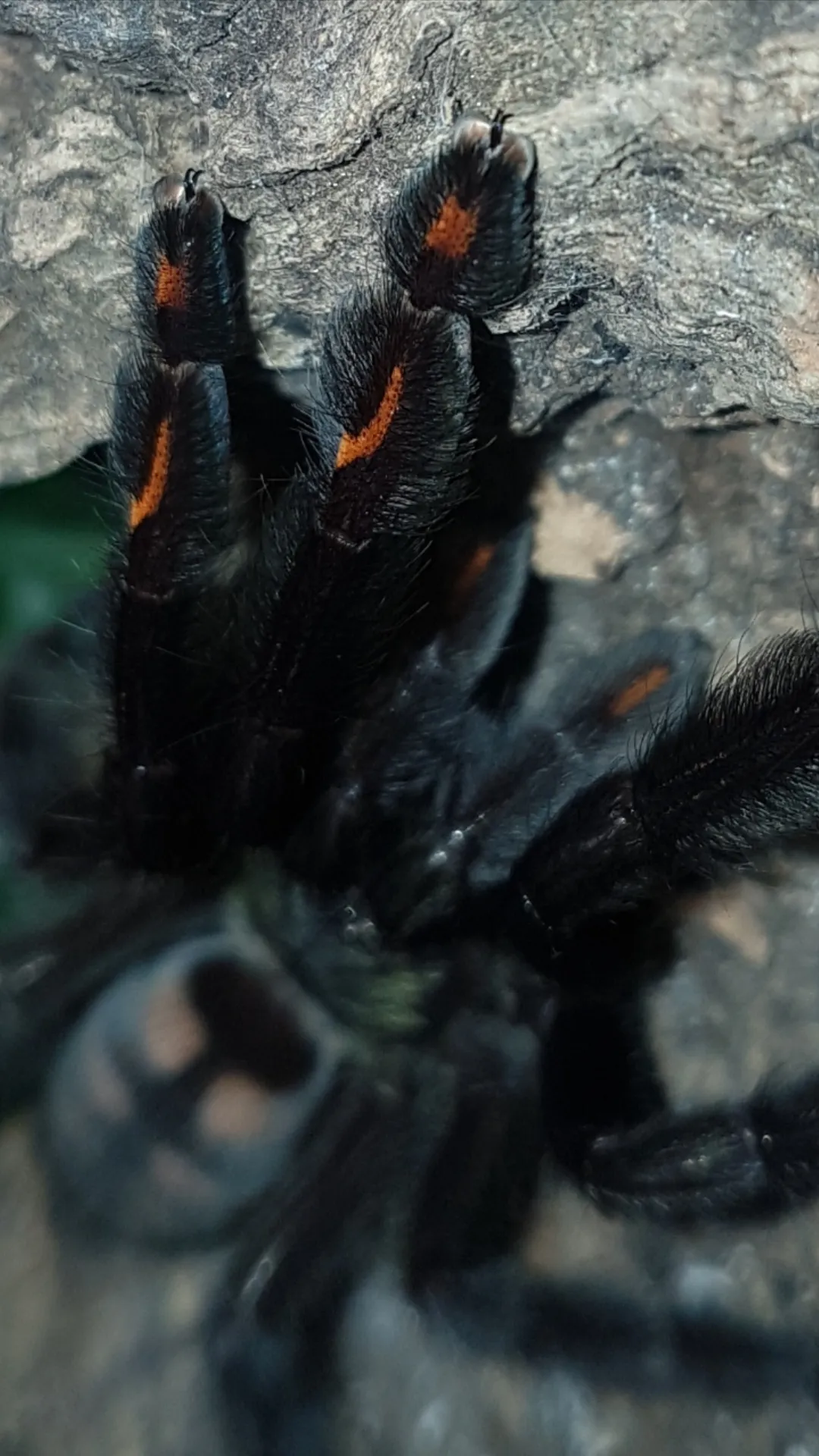
Proper maintenance is critical to keeping your tarantula’s environment healthy and safe. This includes monitoring humidity levels, cleaning the substrate, and replacing it as needed. Regular maintenance is crucial for preventing mold, pests, and other issues that can harm your tarantula. Following these guidelines will create a thriving and long life for your pet.
Monitoring Humidity Levels
Monitoring the humidity levels is one of the most important aspects of substrate maintenance. You should have a hygrometer, which is a device that measures humidity, in your tarantula’s enclosure. Regularly check the hygrometer to ensure humidity levels are within the appropriate range for Irminia tarantulas, which is generally between 60% and 75%. Adjust ventilation, misting, or other techniques to maintain this range. Be sure that your tarantula’s enclosure does not remain too dry for too long. This could negatively impact your tarantula’s health.
Cleaning and Replacing Substrate
Regular cleaning helps to maintain a healthy environment. Spot-clean the substrate by removing any visible waste or uneaten food. You should conduct a full substrate change every few months, or sooner if the substrate becomes excessively dirty or moldy. When replacing the substrate, carefully remove the old material and replace it with fresh, prepared substrate. Disinfect the enclosure during a full change to eliminate any potential contaminants. If you practice regular cleaning and replace the substrate as needed, this will ensure your tarantula has a clean and healthy environment.
Preventing Mold and Pests
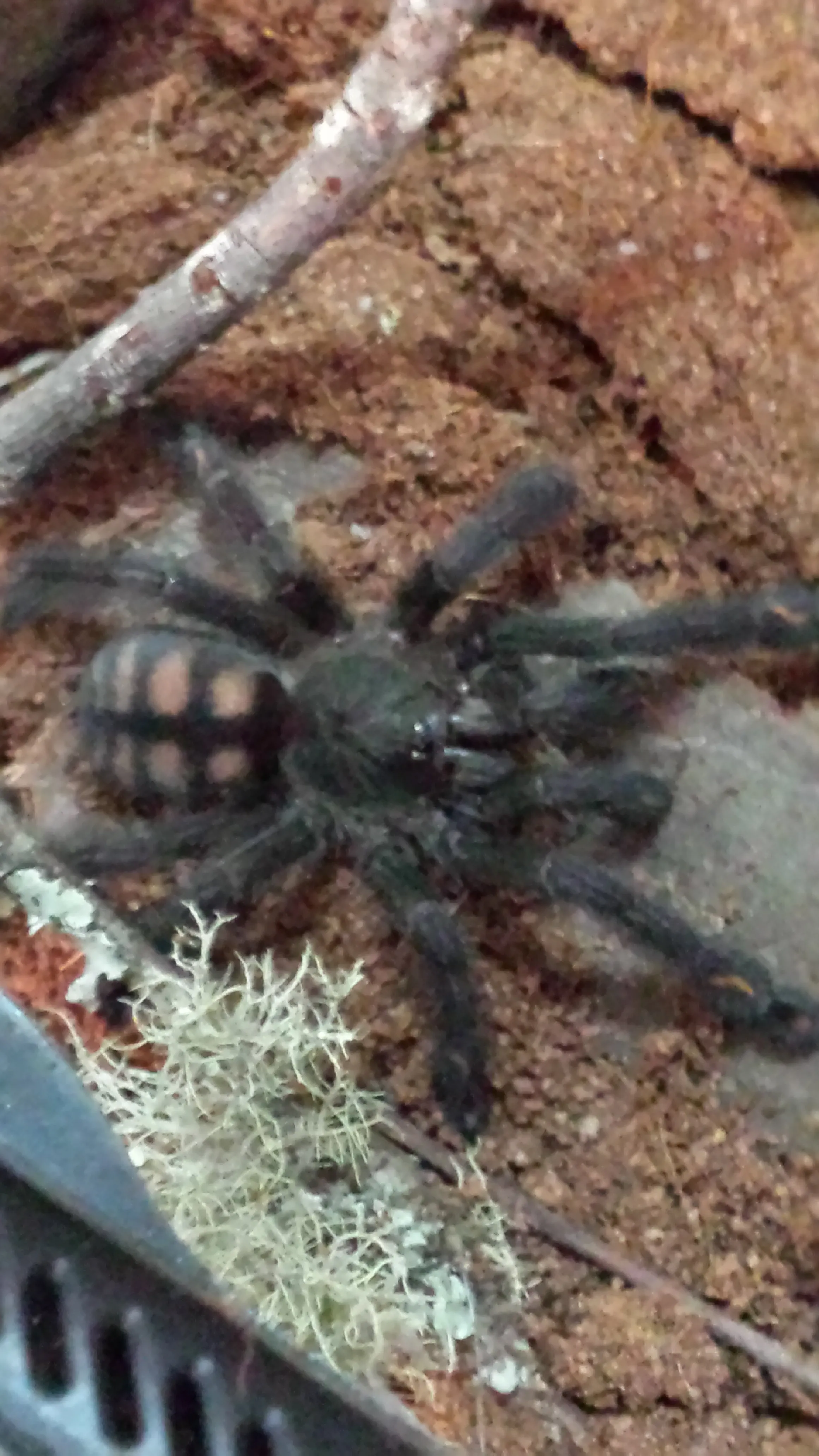
Mold and pests can be detrimental to your tarantula’s health. To prevent these, ensure proper ventilation, avoid over-misting, and address any standing water in the enclosure. Introducing springtails or isopods to the enclosure can help control mold and pests naturally. Inspect the substrate regularly for any signs of mold or unwanted insects. Addressing these issues promptly can safeguard your tarantula’s health and ensure a clean and safe habitat.
In conclusion, choosing the right substrate for your Irminia tarantula is essential to its well-being. By understanding your tarantula’s needs, selecting appropriate substrate materials, and practicing consistent maintenance, you can create a thriving environment for your pet. With careful consideration and diligent care, you can help your tarantula live a long, healthy, and happy life.
